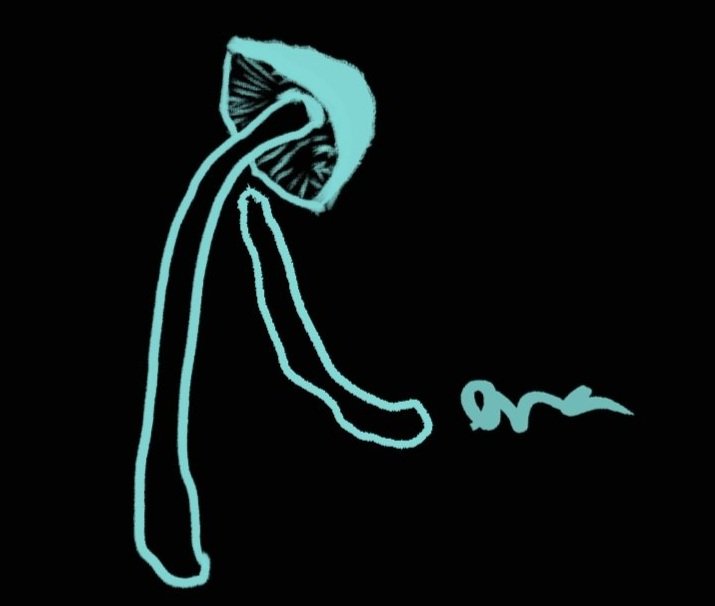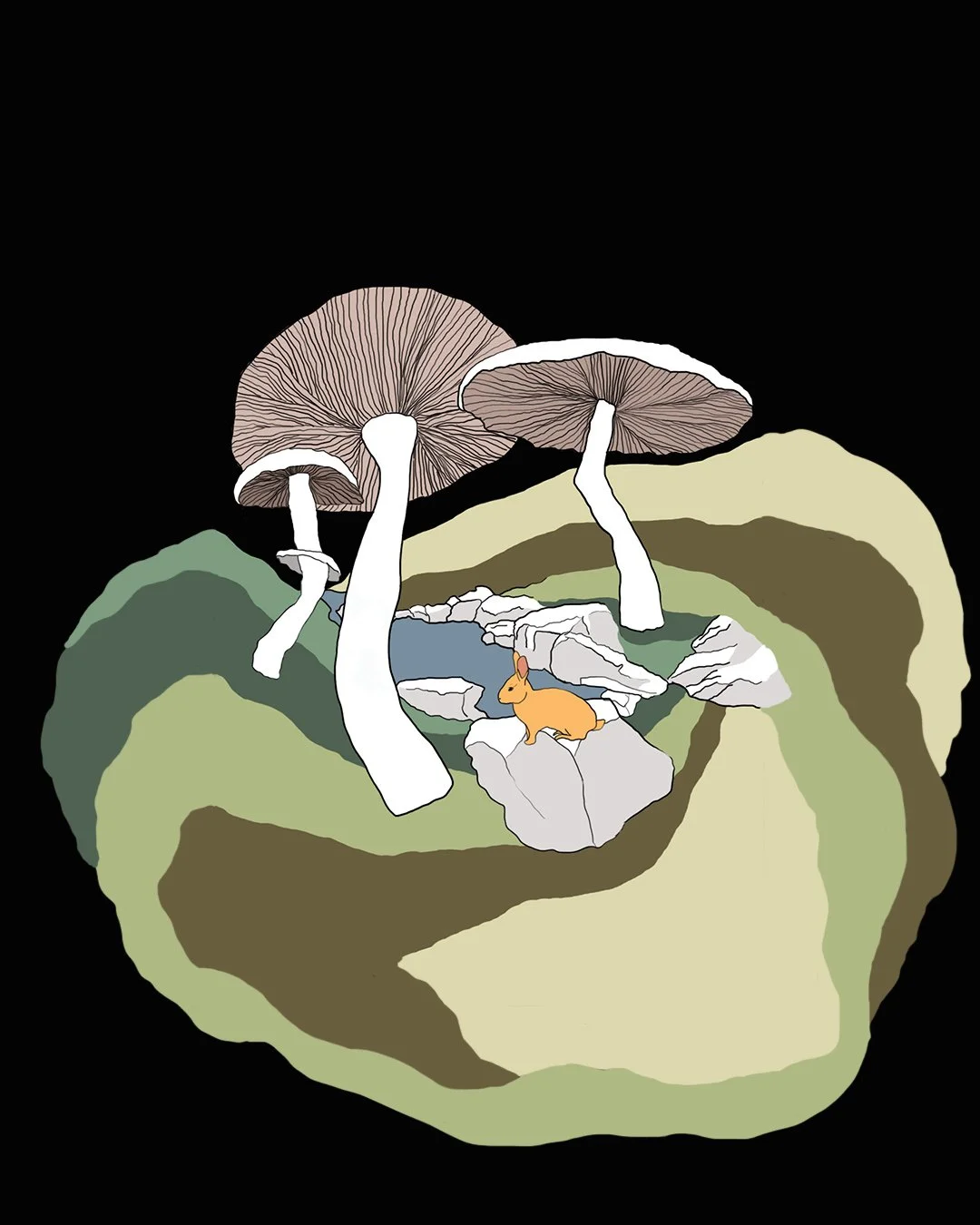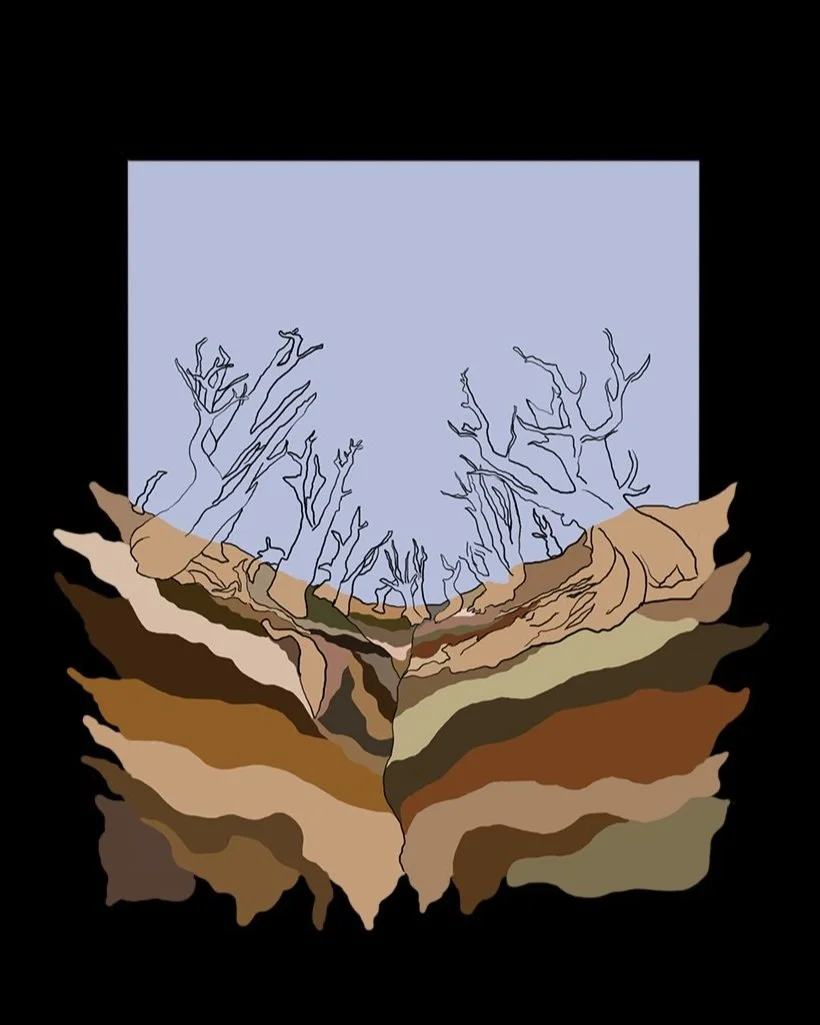The Wild History of Spaces
A series of digital illustrations depicting scenes of nature as a way to draw awareness to the environment and our treatment of spaces
Medieval forest and its mythicality
Horse mushrooms were mentioned in medieval literature and considered to be mystical at the time since they would appear out of nowhere. They also looked similar to some psychedelic mushrooms so the two would often be mistaken for one another, causing “mystical journeys”. Rabbits were a renowned symbol in medieval times, symbolising prosperity, renewal and vulnerability.
The ancient Bristlecone pine forest
The Bristlecone pine are the oldest growing trees in the world. The ones that are alive today are about 5000 years old. Unfortunately, we have lost a lot of them to climate change and logging. Bristlecones, like most trees, have a complex route system that they use to communicate to each other. Through this route system, they are able to share nutrients and nitrogen, strengthening each other as they grow.
Tibre Island during the Hellenistic period
Ponte dei quattro capi was the first bridge built in Rome and connected the city to Tibre Island, an island with a lot of natural landscape (even to this day).
Bust of Laocoön, from the Hellenistic sculpture of Laocoön and His Sons: depicts Laocoön and his sons being crushed to death by sea serpents while they prepared a sacrifice for Poseidon. It represents the torment of mankind by nature, a consequence for disrupting it.



